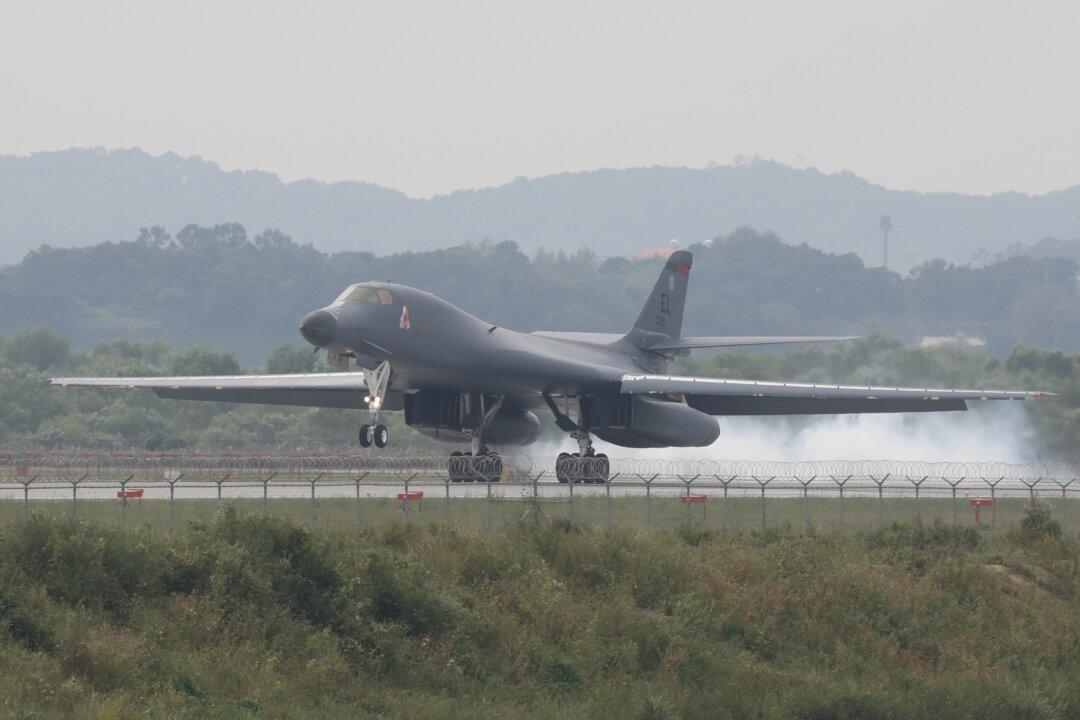The Biden administration’s proposed Fiscal Year 2025 (FY25) $895.2 billion defense budget request complies with spending restrictions imposed by 2023’s Fiscal Responsibility Act (FRA), which cap Pentagon spending increases over this year’s budget at 1 percent.
That blanket restriction, however, is unlikely to survive as Senate and House appropriations and defense panels begin reviewing Department of Defense (DOD) budgets, especially with the Chinese Communist Party’s (CCP) March announcement that it was increasing military spending by 7.2 percent this year.





